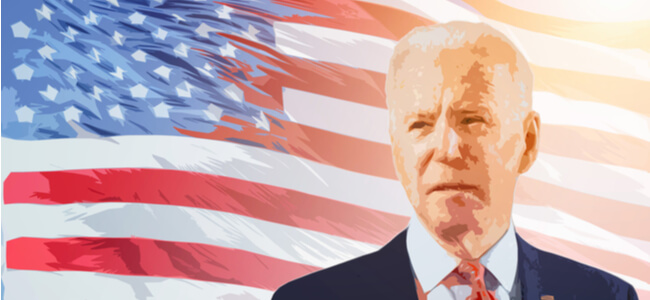The Difference Between Up-front And Back-End Loan Forgiveness

Although there are many ways to have your student loan forgiven, none of them are easily achievable. Some student loan forgiveness programs cancel all or part of the debt up-front. Partial forgiveness is provided by up-front forgiveness programs, even if the borrower hasn’t completed their service requirements in full. Back-end loan forgiveness programs cancel borrowers' remaining debt after a specified number of monthly payments.
Up-Front Student Loan Forgiveness
The up-front loan forgiveness program will cancel a specific percentage of the borrower’s debt for each year of service. Even if the borrower hasn’t completed his service, the borrower still gets the benefit of some partial student loan forgiveness for the time he has served. Some of the up-front loan programs include Teacher Loan Forgiveness, loan forgiveness for employees of federal agencies, Indian Health Services Loan Repayment Program, and Students to Service Program.
Some borrowers who’ve worked in a public service job for at least five years, under the Perkins Loan Forgiveness program, employees can have up to 100% of their loans canceled. In some cases, approved borrowers see a percentage of the loan getting discharged incrementally for each year worked.
The Teacher Loan Forgiveness Program encourages teachers to teach in elementary schools, secondary schools, and educational service agencies that serve low-income families. Only directly subsidized and unsubsidized loans qualify for this program. PLUS loans don’t qualify for Up-Front Student Loan Forgiveness.
Back-End Student Loan Forgiveness
The Back-End Student Loan Forgiveness program cancels the borrowers remaining debt after they’ve paid several monthly payments. Back-end loan forgiveness programs are all or nothing, as the borrower will have to satisfy all of the service requirements before receiving any loan forgiveness.
Back-End Student Loan Forgiveness includes Public Service Loan Forgiveness and the Income-Driven Repayment. The program forgives the borrower’s remaining federal student loan debt after the borrower has made 120 payments, while both working full-time in a qualifying public service job and repaying student loans under an income-driven repayment plan in the Direct Loan Program. Borrowers can also consolidate FFEL program loans into the Direct Loan program. The borrowers should get their employer certification form once a year or whenever they change employers.
In some programs, the borrower’s remaining debt is forgiven after 25 years of repayment in an income-contingent repayment program, 20 years of repayment in a pay-as-you-earn repayment program, and 20 years for an undergraduate degree or 25 years for a graduate degree, in a revised pay-as-you-earn repayment program.
Student Loan Forgiveness and Income Taxes
Loan forgiveness is tax-free if the borrower is working in a particular occupation such as:
- Public Service Loan Forgiveness
- Teacher Loan Forgiveness
- Other job-specific programs
These programs allow borrowers to get any amount of balance remaining on their federal loans forgiven, after 120 qualifying payments.
Other types of student loan debt cancellations are considered taxable income. It can lead to a potential tax liability, such as:
- Income-based repayment plan forgiveness
- Student loan repayment assistance programs
- Student loan discharge for disability, death, etc.
Many federal student loans are eligible for the above programs, as it allows one to pay as they earn. Depending on the specific repayment plan, the borrower can get the balance on their federal student loans forgiven after 20 to 25 years. This form of loan forgiveness is considered taxable under federal law.
Considerations
There are a few aspects to take into considerations if you want to opt for a Student Loan Forgiveness Program:
- Check and understand all the eligibility requirements and their benefits before you finalize a specific student loan forgiveness program
- After selecting a particular forgiveness program, make all your payments as per the rules of the program to avoid any difficulty
- If you have a Perkins Loan or any other older loan from the Federal Family Education Loan program, to be eligible for Public Service Loan Forgiveness, you’ll have to consolidate with a Direct Consolidation Loan
- If you’re not able to get the right forgiveness program, research student loan discharge options to cancel your debt. Contact your loan lender for other possible options and correct forms
Depending on the type of discharge, you can receive a partial or full refund on payments made on the loan. Don’t pay a fee to get student loan forgiveness.
Bottom Line
Getting approved for student loan forgiveness can be difficult, but not impossible. It gets even more challenging if you have a private student loan. Speak to your lender to get more clarification about the requirements and verify that you meet them. If you don’t qualify for student loan forgiveness programs, consider other potential options that can help you consolidate your federal loans into a single monthly payment.



